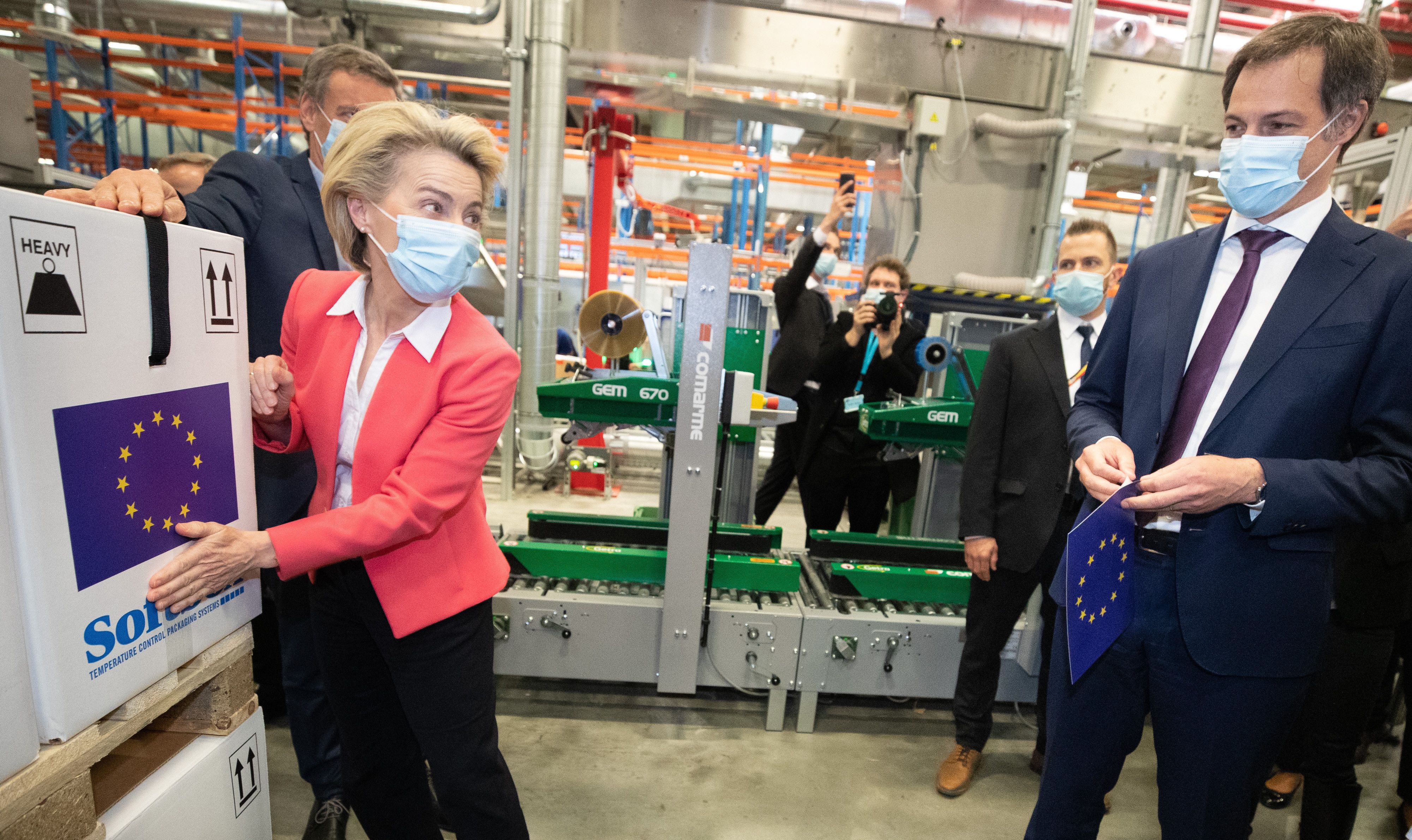Towards a Global Pandemic Treaty

Idea and Assumptions
On 30 March, European Council President Charles Michel, WHO Director-General (DG) Tedros Adhanom Ghebreyesus, and the leaders of 26 countries in Europe, Asia, Africa, and Latin America issued an open letter calling for a multilateral treaty on pandemic prevention and preparedness. In it, they point out that without strengthening the international community’s capacity to prevent and respond to public health threats, another pandemic like COVID-19 is inevitable. The premises of their proposal are far-reaching, though quite general. They call for strengthening international cooperation to improve alert systems, data-sharing, research, and the production and distribution of vital supplies such as vaccines and medicines. They call for the adoption of the “One Health” approach promoted by the WHO that involves the integrated control of human and animal diseases, taking into account the occurrence of interspecies transmission. Through the treaty, they want to improve the transparency of states’ actions, their compliance with existing regulations, and their accountability. They declare that the basis of the new agreement should be the International Health Regulations (IHR) adopted in 2005 by the WHO, currently the only globally binding standard for prevention and response to international public health threats.
These objectives build on a more detailed concept put forward by Michel in November 2020. Among other things, it also called for introducing more alert levels for health threats (the current system is zero-one) and improving the ability to communicate information about health risks and counter misinformation. Much of both proposals had already been identified by experts and WHO reports as necessary to implement in response to the organisation’s and its members’ ineffective response to the outbreak of the COVID-19 pandemic.
International Reaction
The idea of a new treaty enjoys limited support from states. It has been supported mainly by European countries, which constitute the majority of the authors of the letter of 30 March. In addition to EU members (Croatia, France, Germany, Greece, Italy, the Netherlands, Portugal, Romania, and Spain), the letter has also been signed by Albania, Norway, Serbia, Ukraine, and the United Kingdom. The response from outside Europe is limited to a few leaders from specific regions, encouraged to join by the EU and the WHO. From Asia and Pacific, these include Fiji, Indonesia, South Korea, and Thailand; from Africa, Kenya, Rwanda, South Africa, Senegal, Tunisia; from the Americas, Chile, Costa Rica, and Trinidad and Tobago.
The EU and WHO representatives are signalling their intention to seek support for a treaty at the next session of the WHO’s main body, the World Health Assembly, in late May 2021, as well as the G7 summit in the UK in June and the World Health Summit co-organised by the EU and G20 in Rome in October. Past experience shows that this may prove difficult—despite the efforts of the Member States and EU officials, the G7 in its February 2021 statement only expressed support for “exploring the potential value of a global health treaty”, suggesting scepticism from its non-European members. In the case of the U.S., a statement by the White House spokeswoman indicated that negotiating a treaty would be a distraction from efforts to contain the ongoing pandemic. Japan and Canada, however, have not publicly taken a position, nor have most other countries, including China, India, and Russia. At least some of them are most probably unwilling to accept certain elements of the proposal.
Challenges
Achieving the goals of the initiative will require solving several problems. The first one is the subjective scope—a treaty is only likely to be successful if it is accepted by many countries. This will be difficult if the most populous countries and, at the same time, the leaders in research and development or in the production of drugs and vaccines are not included (such as China, India, Russia, or the U.S.), even more since some of them were the origin of serious threats to public health in recent years—SARS, swine flu, COVID-19 (China, U.S.). A compromise will therefore be necessary. In order to achieve it, it may be necessary to limit the scope of the agreement to key issues: an effective system for exchanging and verifying information on threats, as well as appropriate response mechanisms, monitoring of the implementation of the treaty’s provisions, and enforcing responsibility for their violation. Even this, however, may not be enough to induce China to agree on such a treaty, considering it withheld vital information about the COVID-19 outbreak from late 2019 to early 2020, contrary to its obligations under the IHR. Nonetheless, the treaty’s overly narrow scope may also have drawbacks—the first months of the COVID-19 pandemic, showed, for example, a lack of coordination among states on restrictions in international trade or transport, partly due to a paucity of regulations.
Although the Biden administration emphasises public health issues, given the long-standing reluctance of the U.S. to limit its room for manoeuvre by binding itself to multilateral international agreements, in the short term it can be expected to remain sceptical of the treaty idea. However, the negotiations of the treaty may take quite a long time anyway (usually several years), and the need for its ratification may further delay real changes. An alternative could be a thorough revision of the IHR, which would be quicker and mitigate potential U.S. reservations. The drawback, however, would be the loss of a chance to enforce accountability for violations of obligations. The IHR, unless changed in this regard, entrusts dispute resolution to the WHO’s DG or the World Health Assembly, a politicised and ineffective method that adversely affects compliance. However, resolving the issue of seeking accountability, as well as the problem of verifying compliance with the new regulations, will also need to be addressed in the treaty. Another problem to be resolved is one of possible conflicts between the provisions of the new treaty and the IHR, which could adversely affect the application of the standards contained in both. In this regard, the 30 March proposal that the IHR would “underpin” the treaty is not sufficiently clear.
Conclusions and Recommendations
Reform of the system for preventing and responding to public health threats of international concern is necessary, and the proposals contained in the 30 March open letter provide a good starting point for doing so. At least some of them—notably improving alert systems, data-sharing, and transparency of states’ actions to address health threats that may have an international dimension—require immediate implementation, whether in the form of a treaty or an IHR amendment. In addition, some proposals not mentioned in the list but previously raised by the EU, such as the creation of several alert levels for health threats, are desirable. Implementing the proposed changes in full, however, will be difficult, and the desire to ensure that the new standards are as universal as possible may require limiting reform ambitions. This should not, however, alter the effectiveness of monitoring and enforcement of the new regulations. These tasks could, for example, be entrusted to some new special-purpose WHO bodies independent of political bodies, or to a new organisation established for this purpose.
Poland will be indirectly involved in the works on the new treaty as an EU member. However, it is advisable for it to also consider joining the letter of 30 March, joining the group of EU countries. Regardless, it seems necessary for Poland to prepare for a debate on the treaty negotiations or the IHR amendment, as these issues will be the focus of attention at the next World Health Assembly at the end of May and in the following months. This could be facilitated by the establishment of an inter-ministerial expert body with the possible participation of specialists from outside the public sector that would analyse the response of the WHO and its members to the COVID-19 pandemic, together with solutions proposed by the organisation and experts to prevent a repeat of the mistakes observed. The conclusions of its work could then be used to develop the Polish negotiating position.


